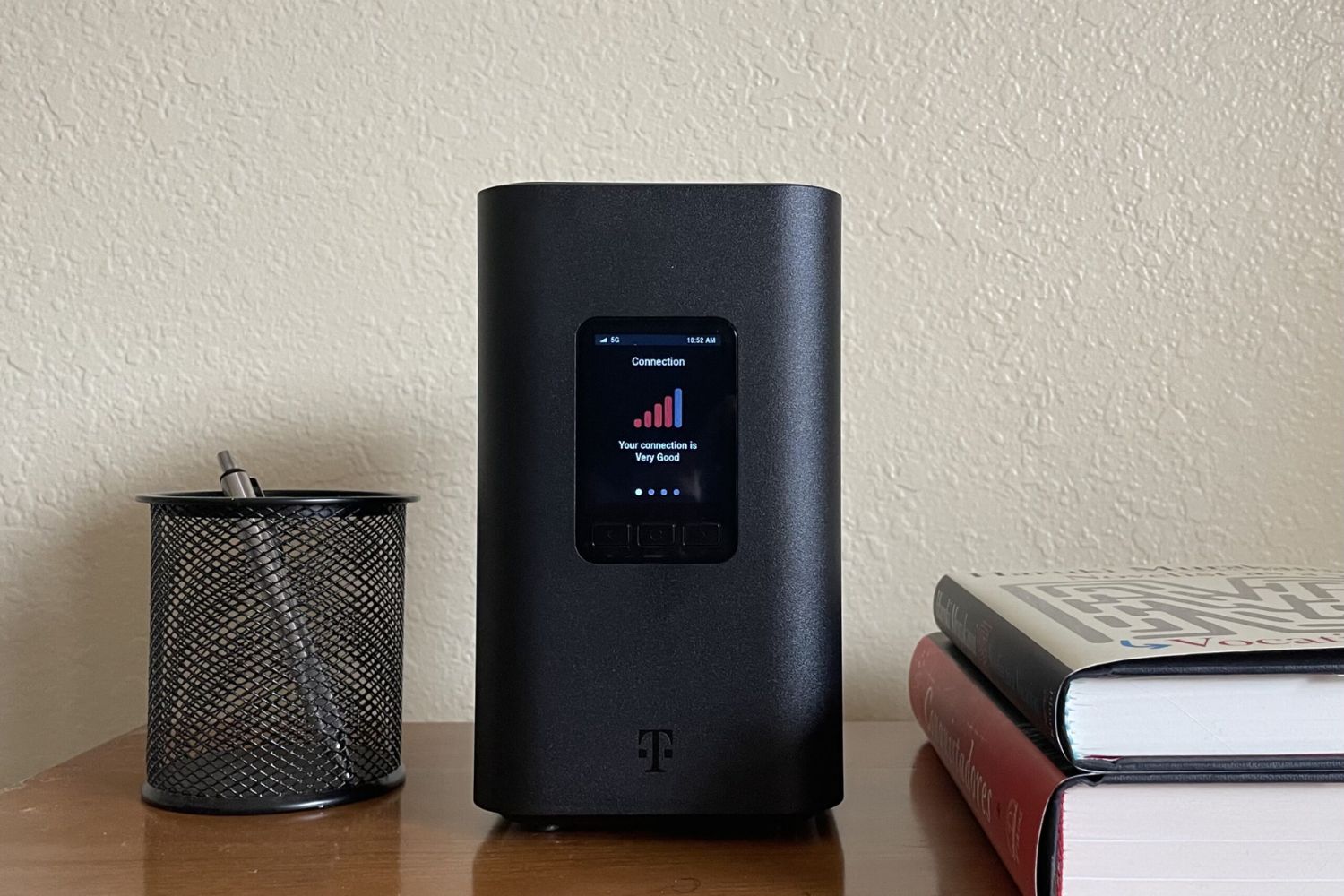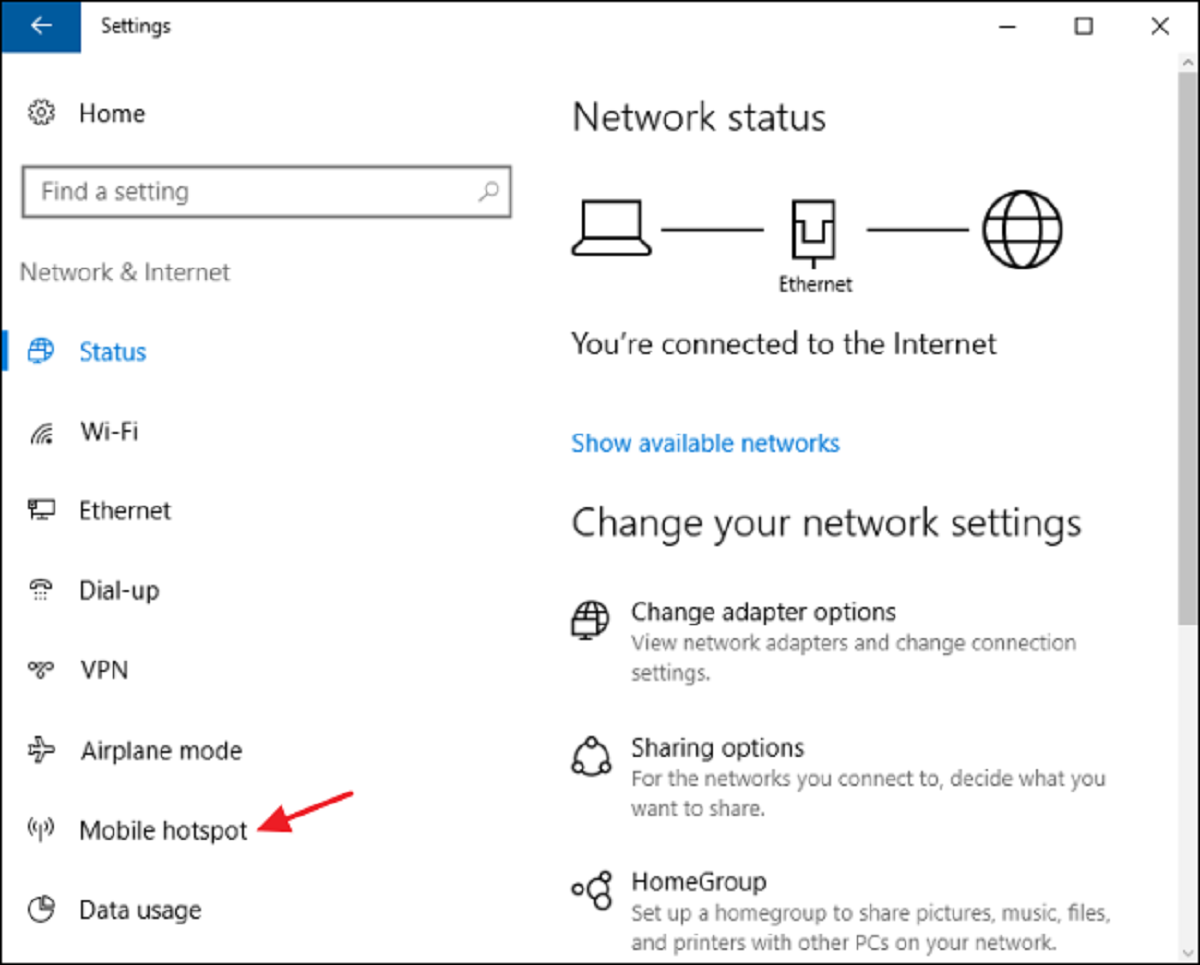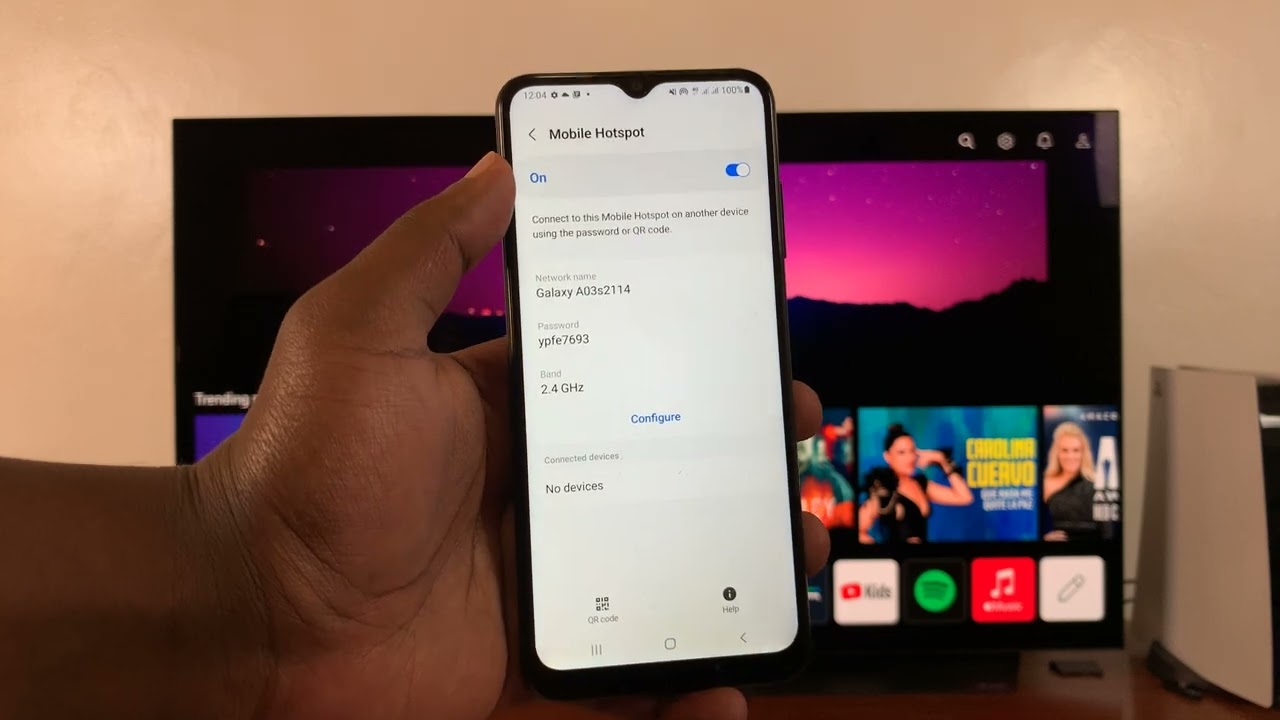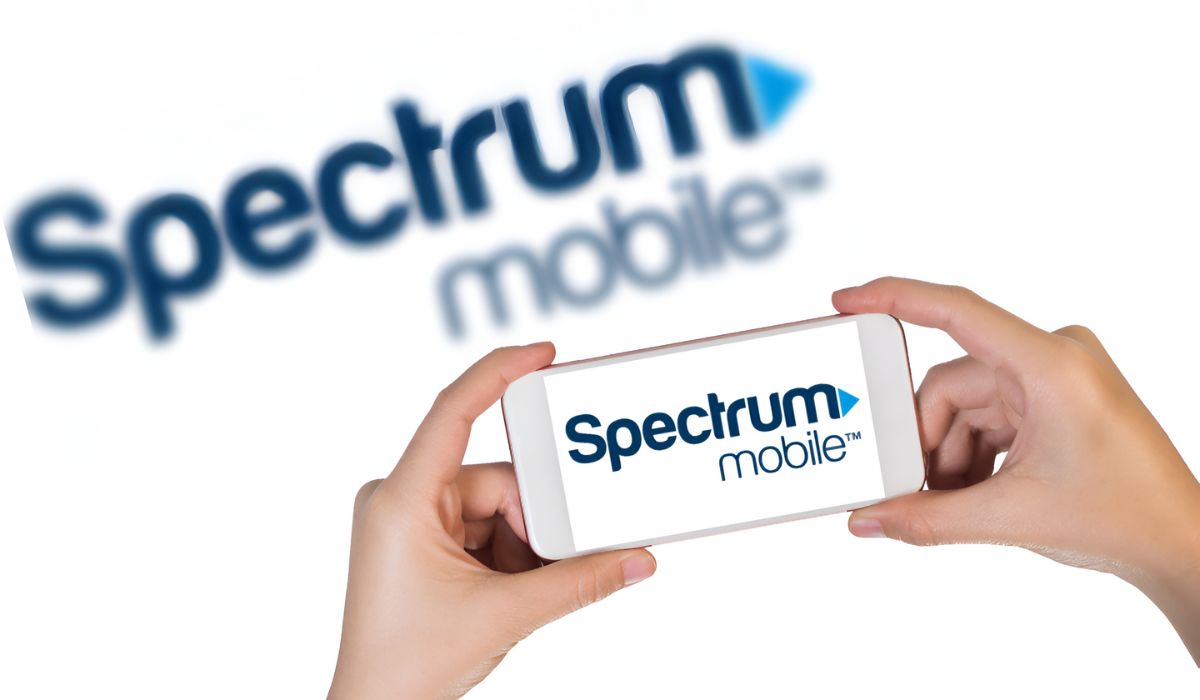Check Your T-Mobile Hotspot Settings
When your T-Mobile hotspot is not working as expected, the first step to troubleshoot the issue is to check its settings. This can help identify any misconfigurations or errors that may be causing the problem. Here are the key settings to review:
-
Network Connection: Ensure that your T-Mobile hotspot is properly connected to the network. Check for any network-related notifications or error messages on the device's display or interface. If the hotspot is not connected to the network, you may need to re-establish the connection by following the device's network setup instructions.
-
Wi-Fi Settings: Verify the Wi-Fi settings on your T-Mobile hotspot. Check the Wi-Fi network name (SSID) and password to ensure they match the settings of the devices attempting to connect to the hotspot. If the SSID or password has been changed, make sure to update the settings on all connected devices accordingly.
-
Data Usage Limits: Some T-Mobile hotspot devices allow users to set data usage limits or alerts. If your hotspot is not working, it's important to check if any data limits have been reached. Exceeding the data limit may result in reduced or restricted connectivity, leading to the hotspot not functioning as expected.
-
Connected Devices: Review the list of connected devices to your T-Mobile hotspot. Ensure that the number of connected devices does not exceed the device's capacity. If the hotspot is unable to accommodate additional connections, it may not function properly for new devices attempting to connect.
-
Power Saving Mode: Check if the T-Mobile hotspot has a power-saving mode or an auto-shutdown feature. If enabled, these settings may impact the device's functionality by reducing power consumption. Adjust the power-saving settings as needed to ensure uninterrupted operation.
-
Firmware Updates: Verify if the T-Mobile hotspot's firmware is up to date. Outdated firmware can lead to compatibility issues and performance degradation. If an update is available, follow the manufacturer's instructions to install the latest firmware version for optimal functionality.
By meticulously reviewing and adjusting the T-Mobile hotspot settings, you can effectively troubleshoot potential configuration issues that may be impeding its functionality. Once you have confirmed that the settings are correct, proceed to the next troubleshooting steps to diagnose and resolve any remaining issues with your T-Mobile hotspot.
Restart Your T-Mobile Hotspot Device
Restarting your T-Mobile hotspot device can often resolve connectivity issues and performance hiccups. This simple yet effective troubleshooting step can help refresh the device's network connections and clear any temporary glitches that may be hindering its functionality.
To restart your T-Mobile hotspot, follow these steps:
-
Power Off: Locate the power button or switch on your T-Mobile hotspot device. Press and hold the power button until the device powers off completely. This action ensures that the device undergoes a full shutdown, allowing it to reset its internal state.
-
Wait: After powering off the device, wait for at least 10-15 seconds before proceeding to the next step. This brief interval allows any residual electrical charge to dissipate and ensures a clean restart when the device is powered back on.
-
Power On: Press the power button again to turn on your T-Mobile hotspot device. Wait for the device to complete its startup process, which may involve displaying indicator lights, initializing network connections, and establishing Wi-Fi availability.
-
Check Connectivity: Once the device has restarted, verify its connectivity by attempting to connect a Wi-Fi-enabled device, such as a smartphone or laptop, to the T-Mobile hotspot. Ensure that the connected device can access the internet and that the hotspot's signal strength is adequate.
By restarting your T-Mobile hotspot device, you give it the opportunity to reset and re-establish its network connections, potentially resolving any transient issues that were affecting its performance. This straightforward troubleshooting step can often eliminate minor technical glitches and restore the hotspot's functionality without the need for complex interventions.
If restarting the device does not resolve the issue, proceed to the next troubleshooting steps to further diagnose and address any persistent problems with your T-Mobile hotspot.
Check Your T-Mobile Hotspot Signal Strength
Ensuring optimal signal strength is crucial for the seamless operation of your T-Mobile hotspot. A weak signal can lead to slow or intermittent connectivity, hindering the performance of connected devices. To assess and improve your T-Mobile hotspot's signal strength, consider the following steps:
-
Location Assessment: Evaluate the physical placement of your T-Mobile hotspot device. Position it in a central location within your home or workspace to maximize signal coverage. Avoid placing the device near obstructions or interference sources such as thick walls, large appliances, or electronic devices that may disrupt the signal.
-
Signal Indicator: Check the signal indicator on your T-Mobile hotspot device. Most devices feature signal strength indicators that provide visual feedback on the current signal reception. If the indicator displays a low signal strength, consider relocating the device to a different area to potentially achieve a stronger signal.
-
External Antenna: Some T-Mobile hotspot devices support external antenna connections to enhance signal reception. If your device is equipped with this feature, consider attaching a compatible external antenna to boost the signal strength. Position the antenna in an area with better signal reception, such as near a window or in an elevated position.
-
Network Mode Selection: Access your T-Mobile hotspot's settings to review the available network modes, such as 4G LTE or 5G. Select the most suitable network mode based on the signal availability in your area. Experiment with different network modes to determine which one delivers the best signal strength and overall performance.
-
Signal Testing: Use a Wi-Fi-enabled device to test the signal strength of your T-Mobile hotspot in various locations within your premises. Walk around different areas while monitoring the signal reception on the connected device. Identify areas with the strongest signal and consider repositioning the hotspot accordingly.
-
Signal Boosters: If you consistently experience weak signal strength in your location, consider using a signal booster or repeater specifically designed for T-Mobile's network. These devices can amplify the incoming signal, extending coverage and improving the overall signal strength within your home or workspace.
By meticulously assessing and optimizing your T-Mobile hotspot's signal strength, you can significantly enhance its performance and ensure reliable connectivity for all connected devices. Implementing these measures can lead to improved network stability and a more satisfying user experience with your T-Mobile hotspot.
Update Your T-Mobile Hotspot Software
Keeping your T-Mobile hotspot's software up to date is essential for maintaining optimal performance, security, and compatibility with the latest network technologies. Regular software updates often include bug fixes, feature enhancements, and improved stability, addressing potential issues that may affect the functionality of your hotspot. To ensure that your T-Mobile hotspot is running the latest software version, follow these steps:
-
Check for Updates: Access the settings or management interface of your T-Mobile hotspot device. Look for an option related to software updates or firmware upgrades. Depending on the device model, this option may be located in the device settings, administration panel, or system information section.
-
Initiate the Update: If a software update is available, initiate the update process as per the device manufacturer's instructions. This typically involves selecting the update option and confirming the installation. Ensure that your hotspot is connected to a stable Wi-Fi network or has a reliable cellular data connection to facilitate the update download.
-
Follow On-Screen Instructions: Once the update process begins, follow any on-screen instructions provided by the device interface. This may include acknowledging update terms, confirming the update installation, and allowing the device to restart as part of the update process.
-
Monitor the Update Progress: During the update installation, monitor the progress indicators displayed on the device interface. Depending on the update size and complexity, the installation process may take several minutes to complete. Avoid interrupting the update by ensuring that the hotspot remains powered and connected throughout the process.
-
Verify the Update Completion: After the update installation is finished, verify that the software update has been successfully applied. Check the device's system information or software version to confirm that it reflects the latest update. Additionally, test the hotspot's functionality to ensure that the update has not adversely affected its performance.
-
Enable Automatic Updates: To streamline the software update process in the future, consider enabling automatic update checks and installations if the feature is available for your T-Mobile hotspot device. Automatic updates can ensure that your hotspot remains current with the latest software releases without requiring manual intervention.
By proactively updating your T-Mobile hotspot's software, you can benefit from improved performance, enhanced features, and strengthened security measures. Additionally, staying up to date with software releases can help mitigate potential issues and ensure seamless compatibility with T-Mobile's network infrastructure, ultimately optimizing the functionality of your hotspot for an uninterrupted and satisfying user experience.
Reset Your T-Mobile Hotspot to Factory Settings
When troubleshooting persistent issues with your T-Mobile hotspot, performing a factory reset can serve as a comprehensive solution to address underlying software or configuration problems. Resetting the device to its factory settings effectively restores it to its original state, eliminating any customizations, errors, or inconsistencies that may be impacting its performance. However, it's important to note that a factory reset will erase all personalized settings, including Wi-Fi network names, passwords, and any customized configurations, reverting the device to its default state. Here's a detailed guide on how to reset your T-Mobile hotspot to factory settings:
-
Access the Device Settings: Navigate to the settings or management interface of your T-Mobile hotspot device. Look for the option to reset or restore the device to its factory settings. This option is typically found in the device's administration or system settings.
-
Initiate the Reset: Once you have located the factory reset option, carefully initiate the reset process as per the device manufacturer's instructions. This may involve confirming the reset action and acknowledging any warnings or prompts regarding data loss. Ensure that you have backed up any important data or settings before proceeding, as a factory reset will erase all existing configurations.
-
Confirm the Reset: After initiating the factory reset, the device may prompt you to confirm the action to prevent accidental resets. Confirm the reset and allow the device to proceed with the restoration process. Depending on the device model, the reset process may take a few minutes to complete.
-
Monitor the Reset Progress: During the factory reset, monitor the progress indicators displayed on the device interface. The device may restart or display status messages as it restores the default settings and configurations. Ensure that the device remains powered and connected throughout the reset process.
-
Post-Reset Setup: Once the factory reset is complete, the T-Mobile hotspot will be restored to its original state with default settings. You will need to reconfigure the device with your preferred settings, including Wi-Fi network names, passwords, and any personalized configurations. Follow the initial setup instructions provided by the device to customize the settings according to your requirements.
Performing a factory reset on your T-Mobile hotspot can effectively resolve persistent issues and restore the device to a clean and operational state. However, it's crucial to exercise caution and ensure that you have backed up any essential data or settings before proceeding with the reset. By following the outlined steps, you can confidently perform a factory reset on your T-Mobile hotspot, addressing underlying issues and restoring the device to its default settings for improved functionality and performance.
























